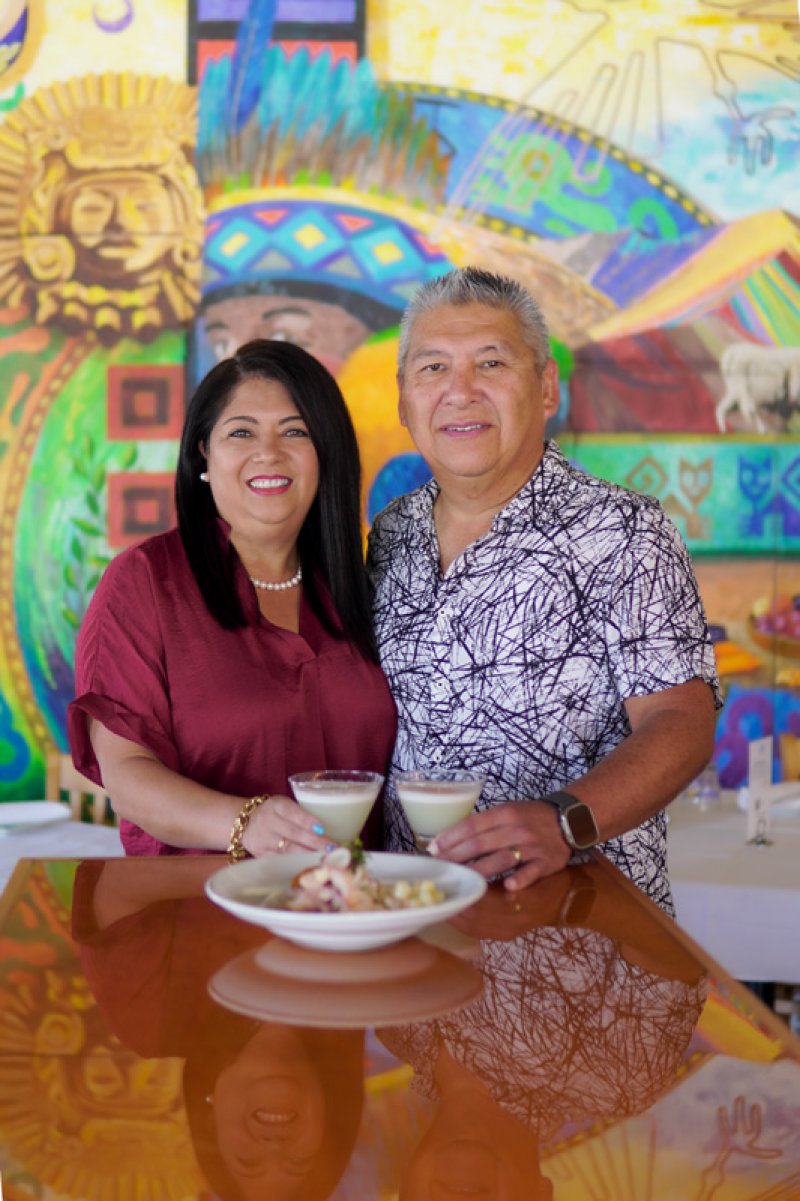- Written by VN Guest
- Published in Cover Story
Homeschooling
Homeschooling
An Alternative for Many Families After the
Coronavirus Outbreak
By Dayhanna Velandia
Click aqui para español- >Aprendizaje en casa.
Homeschooling is the learning alternative that is becoming very common among parents who are concerned about the health and education of their children, and which has expanded further after the Coronavirus outbreak in early 2020. This independent learning option allows children to learn in a flexible and personalized way, according to the needs and interests of each student and each family.
Since the pandemic and social changes in our society began to affect mainly the education and interaction of our children, one of the issues that worries me the most, as a mother, is the implementation of certain rules in schools, which make me take into account other learning options and exploring the world of learning at home.
Homeschooling is the education of school-age children (ages 5 to 17) in a grade equivalent to at least kindergarten and not above grade 12, who receive instruction at home, rather than in a public or private school, all, or most of the time. In the past, this technique has been used mostly by Catholic and Christian families who were looking to base their children’s learning on the implementation of the Bible; however, there are now many more programs that don’t necessarily follow this basis. The various guides available for homeschooling are attracting many more people to choose to homeschool because it allows them the flexibility to create unique learning processes and rules.

The first thing I did to access more information was to connect through social networks and groups of parents with experience in homeschooling on Facebook. I noticed that, like me, there are hundreds of parents with the same everyday concerns. The most common questions are: how to start? what should I teach? What is the curriculum? How many hours will I dedicate to the day? How do I organize my activities? How is the learning progress validated? and many others.
Here I’ll try to solve some of these basic questions and hopefully, clear your doubts. The steps are simple:
How to start teaching at home?
- I recommend you make the decision that is best for your family and your child through your philosophy and curriculum. Depending on the age and grade to which the student is entering, there are multiple web pages that facilitate topics and activities. Talking about this with our children and explaining the fundamental reason why you learn each topic is important, so everyone agrees and understands the learning goals.
- Once you are convinced, you must officially withdraw your child from the private or public school program through an application or letter to the state.
- Designate and arrange an appropriate space for the development of school activities.
- Connect with other parents who can give you tips and options for group learning.

What am I going to teach? What is a curriculum?
Just like a traditional school, there are programs designed for learning development, which can vary according to the interests of each student. These programs are the curriculum. I have found options online, and according to the curriculum chosen, you can purchase textbooks and materials to follow that specific curriculum.
I also realized that some children learn more by creating and doing things; others through reading or talking to people. When choosing your homeschool curriculum, you should keep these preferences in mind when exploring learning styles such as visual, auditory, and learning through physical activities and experiences.
You may also need to consider whether your child is right-brain dominant when choosing the curriculum, as this hemisphere is in charge of developing creativity and art.
How to organize time and scheduling activities?
One of the methods most used by home educators is that of creating weekly programs with flexible hours. A record of all activities must be kept. Some programs use more hours of activities than others, and it all depends on the pace that each student and educator want to follow. It is very helpful to post a schedule that’s visible to everyone at home with activities divided by hours. This way, if there are parents who must be absent, the children will know what to do during each specific time frame.
Hours vary according to the age and grade of the student. “We recommend that true home school students spend between one and two hours a day during the elementary years, two or three hours a day for middle school, and three or four hours a day for high school” says Jessica Parnell, executive director of Edovate Learning Corp and program of homeschooling Bridgeway Academy.
The point is, while your children may be in school six or more hours a day, they don’t spend all their time listening to academic instruction. You should also keep in mind that to give him a complete education and not stop the socialization process of your children, you may need to join other parents and look for socialization activities, field trips, or tutors that help strengthen the socialization processes.

How are homeschoolers evaluated?
Parents must submit an annual notice to the Louisiana Department of Education and must include a packet of materials or an assessment (by standardized test or portfolio assessment) with the notice of each subsequent year. Approval can be denied if a child is not making adequate progress. Parents must offer 180 days of instruction and provide a “quality sustained curriculum at least equal to that offered by public schools.” There are no parenting or accountability requirements.
Home educators in Louisiana do not have specific graduation requirements. Parents are fully responsible for deciding on the appropriate courses and choosing the credits assigned to them. We also determine our own criteria for when the high school student is ready to receive a diploma.
If you are interested in the homeschooling alternative for your children, you can contact local organizations and support groups to better understand the process. Fortunately, there is a lot of information circulating and the communities of parents who use this method are getting bigger every day.
If you have doubts or want to find more information, visit the links shown in the following chart.
























